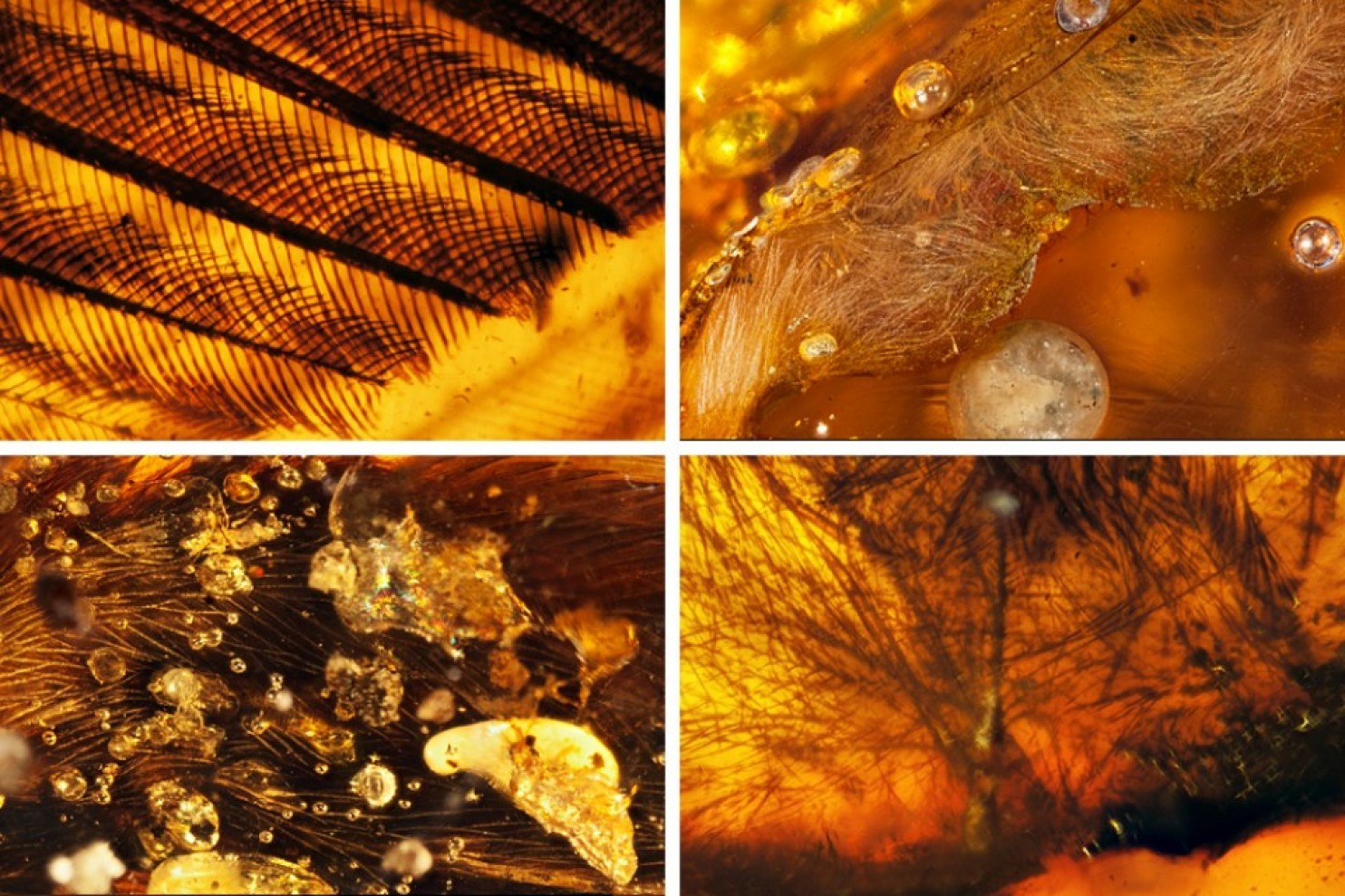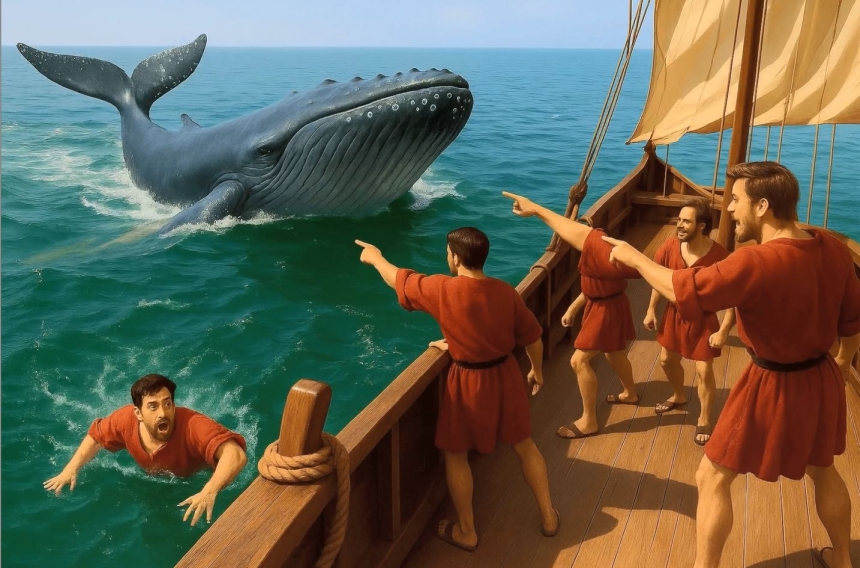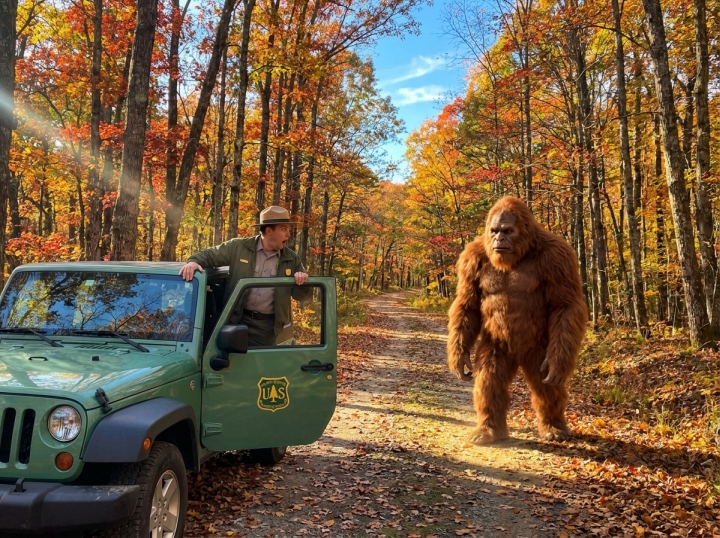
During an excavation of mines in Burma, two new species of ancient birds 99 million years old were discovered frozen in time and extremely well-preserved. This incredible treasure was like no other Dr. Ryan McKellar had ever seen. The wings, a network of veins and every feather was visible encased in hardened tree amber far before human existence.
Dr McKellar, is curator of invertebrate paleontology at the Royal Saskatchewan Museum in Canada states the importance of the discovery. It is the best fossilized remains of Cretaceous period wings yet to be found as reported in the journal of Nature Communications. Paleontologist understand that bird bones and feathers are very fragile and don’t often survive the fossilization process. Their bones are hollow and feathers deteriorate leaving unanswered questions to the creature they belong to. The amber found in north-east Burma have been an exception; with an amazing preservation of plants, insects, scorpions and even lizards for scientists to uncover.
The wing creatures discovered by Dr. McKellar and his team are known as Enantiornithes and share a number of similarities to modern birds. One outstanding difference was due to McKellar’s discovery. The ancient species were born fully developed with claws at the end of their wing and feathers capable of flight unlike birds born today.
The little creatures have three fully formed fingers and claws that could grasp tree branches. Modern birds retain the three fingers but have lost the claws. The ancient birds discovered by Dr McKellar, were possibly clinging to a tree in search of insects for food and got stuck in sticky sap and perished. Tree sap over time turns into amber or what McKellar calls – “natures plastic”.
The species lived sometime within the Cretaceous period that began 145.5 million years ago but died in the mass extinction that killed the dinosaurs 66 million years ago.
Full story:
and


